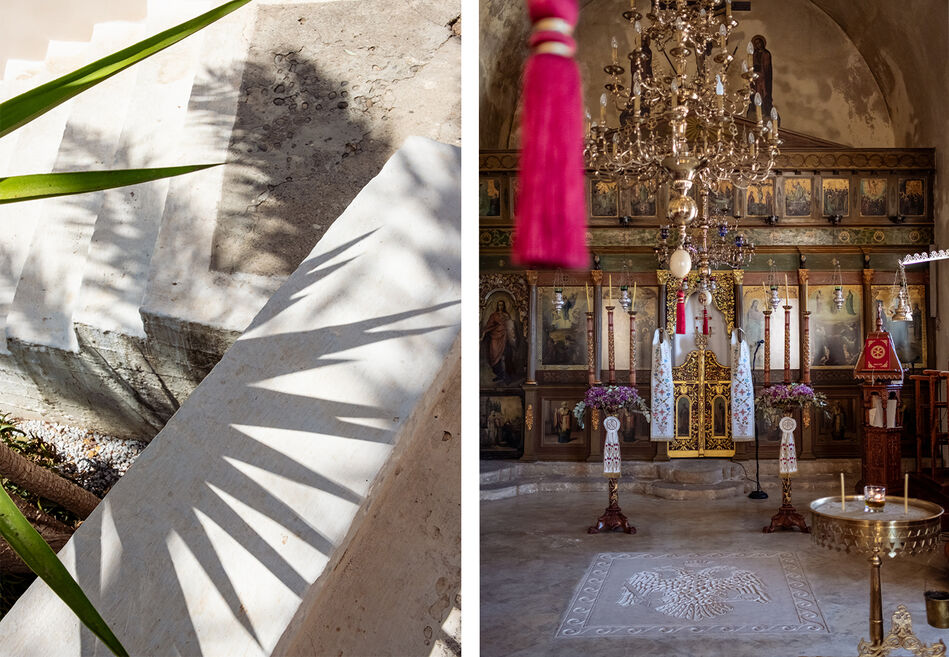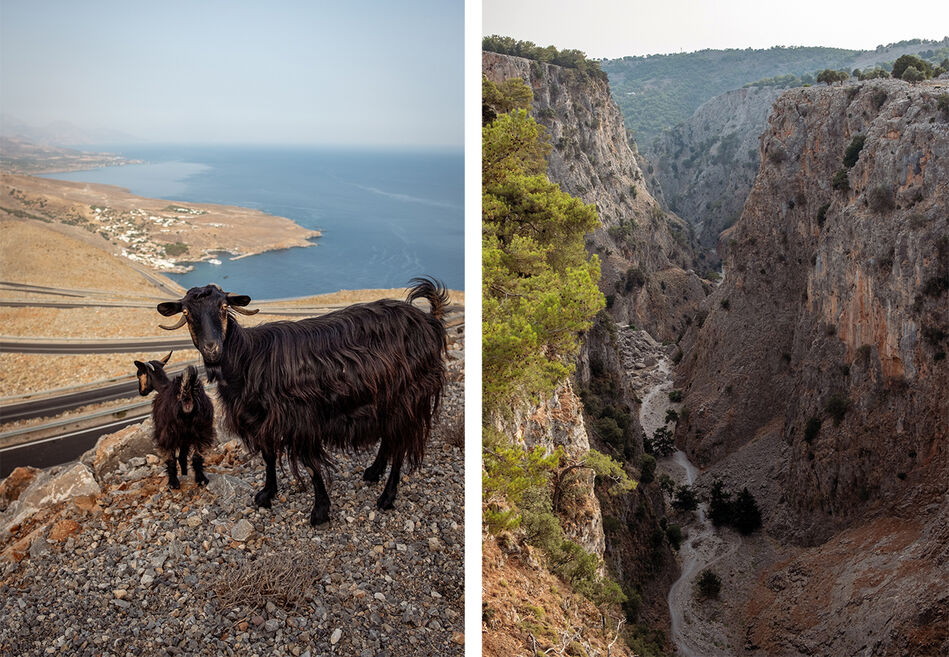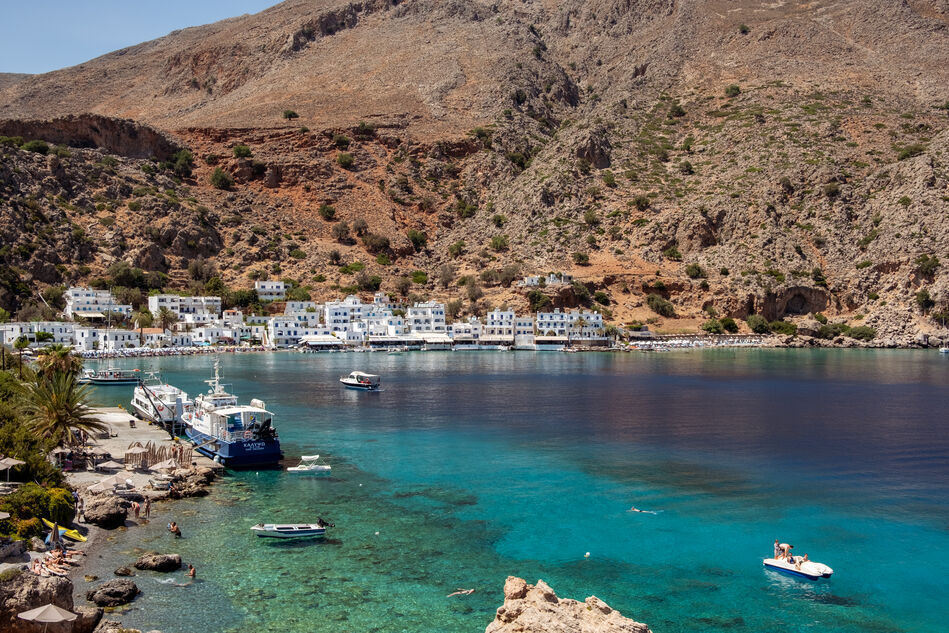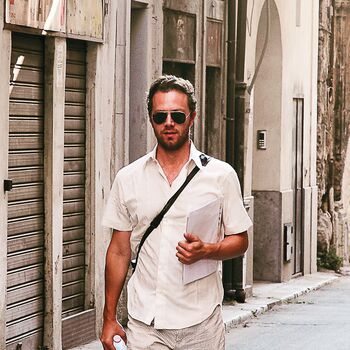Forever Crete
Acclaimed photographer, Francesco Lastrucci, considers the lagoons, canyons and coastal hamlets of a lesser-visited Western Crete.
Published 22 September 2025
A road trip to Western Crete can’t miss its big star, Balos Lagoon, in the northwest tip of the island. Famous for its crystal clear turquoise waters and white and pink sands, it’s a postcard-perfect landscape that enchants every visitor. Celebrity comes at a price and the place becomes incredibly crowded in high season. To see the most vivid shades and enjoy a more peaceful experience, it is advisable to visit Balos early in the morning before the boat trips arrive. During the summer season, the early hours of the day offer ideal conditions for spectacular photographs and a serene atmosphere.
The whole area of Gramvousa peninsula, including Balos, is a protected habitat that is home to rare species such as Eleonora’s falcon, the cormorant and the monk seal, as well as the Caretta caretta turtle.
Just one hour south of Balos is Elafonisi, featuring all the shades of blue and turquoise. The Monastery of Panagia Chrisoskalitissa, just before Elafonisi, makes a great stop. This is one of the most evocative and spiritual places in Crete, built on a 35-metre-high rock with vast views around.

The Monastery of Panagia Chrisoskalitissa (Francesco Lastrucci)
In the southwest, the Sfakia region is known for its dramatic landscape, combining high mountains with steep gorges, traditional villages and pristine secluded beaches, mostly only accessible by boat or hiking. Its main village is Hora Sfakion, a small coastal hamlet on the Libyan Sea from where the boats to the beaches depart, making it an ideal base camp for excursions in the region.
Many of Crete’s most impressive and deepest canyons are in this area: Samaria, Imbros and Aredena, which is perhaps one of the most spectacular and less-travelled gorges in southwestern Crete. The striking 7km-long canyon offers adventure, dramatic scenery and a deep dive into the wild beauty of the Lefka Ori (White Mountains). It’s hiking start point can be reached by an spectacular hairpin road that climbs up from Sfakia. Here the barren brown landscape is dotted by the ubiquitous goats and offers expansive views of the Libyan sea to the south.
Aradena is a ghost village abandoned after a blood feud in the 20th century. Today the place is fascinating with goats roaming the preserved stone architecture and ruins overrun by scent-filled flora. A whitewashed church perched on the edge of the canyon marks the trail that descends into the gorge.

Aradena, Crete (Francesco Lastrucci)
The hike at the bottom of the canyon ends in the secluded, rocky beach of Marmara, with turquoise waters and a welcoming taverna. From here a boat or a path will connect with Loutro, the other star hamlet of the area, a traffic-free theatre of white cubes and tavernas serving the catch of the day and embracing crystalline waters. Hibiscus, pomegranates, rosemary, thyme and Mediterranean scrub fringe the paths and surround the houses.

Loutro, Crete (Francesco Lastrucci)
